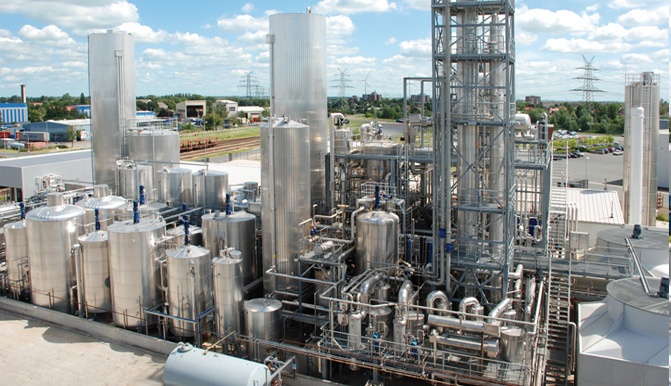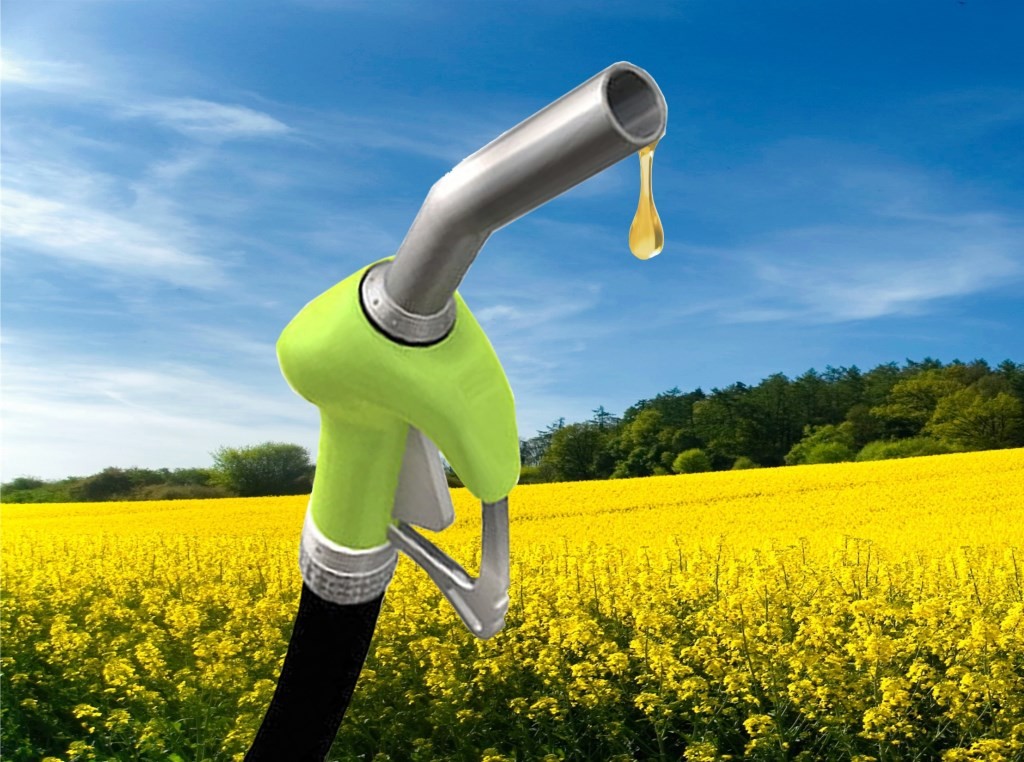
Arslan Enginery is having the complete process and technology of advanced (ATFE) process to produce biodiesel from all kind of crude vegetable oil. Today we have grown as a major force in Plant / Utility Design Consulting Engineering. Covering-Process, Equipment Layout, Piping, Stress Analysis, Electrical, Instrumentation, Project & Procurement Management with Construction support.

